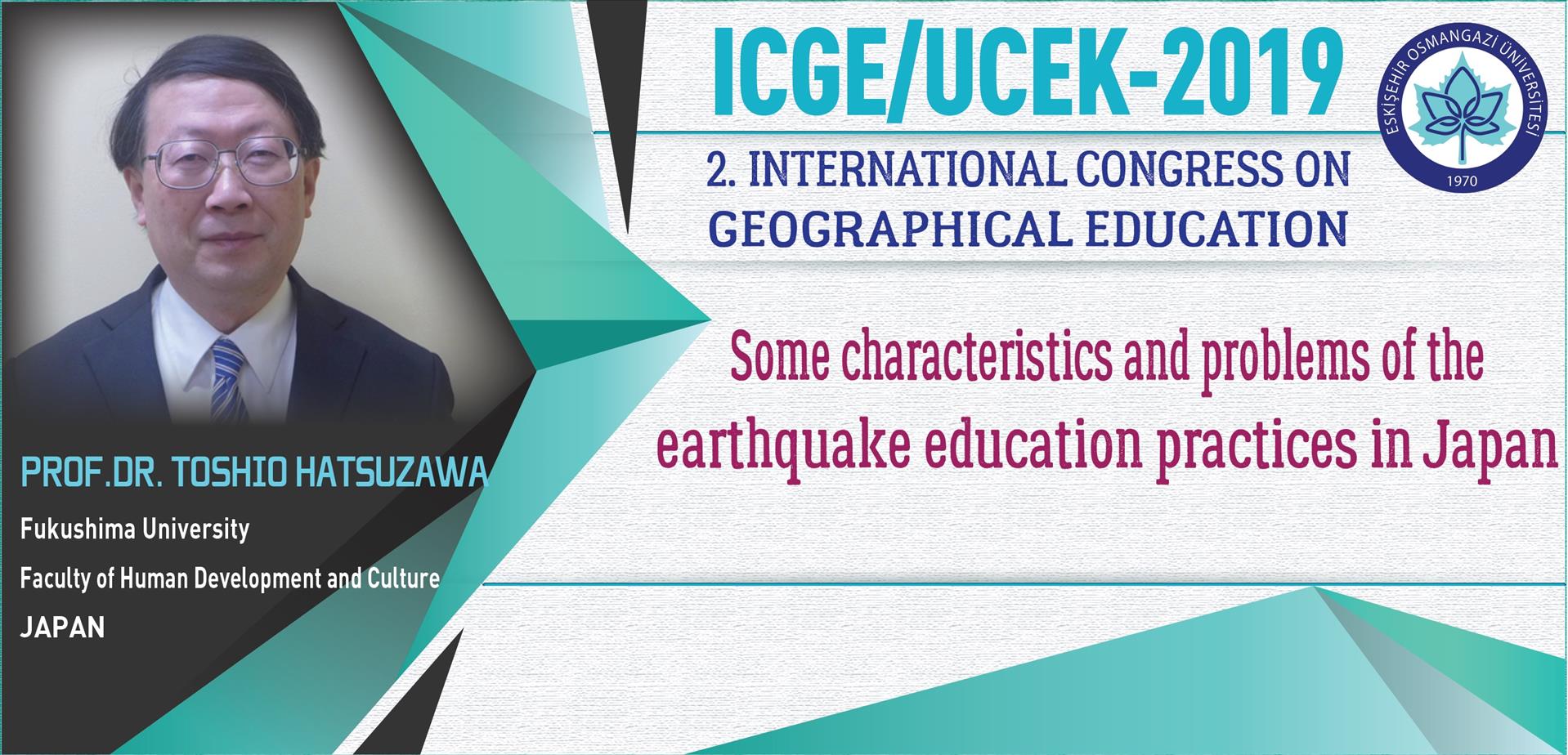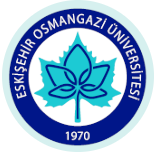
Invited Speaker: Prof. Dr. Toshio HATSUZAWA
Title of the Speech: Some Characteristics and Problems of the Earthquake Education Practices in Japan
Abstract of the Speech:
In this study, I intend to clarify about some characteristics and problems of the earthquake education on elementary, junior high and high schools in Japan.
By the school education of Japan, learning about the natural disaster is performed by science, social studies and composite learning mainly. At first, I explain a Japanese curriculum. In the science, students learn the mechanism about natural disasters. But the formation or the change of the plateau simply take up in the elementary school and do not take away the disaster directly. Earthquake disaster is taken up in the 1st grade in junior high school. Earthquakes and volcanos are taken up, and students learn the mechanism of volcanic eruption and the earthquake. Similarly, students learn about meteorological disaster in the 2nd grade in junior high school. In the high school, relations with plate motion and an earthquake and the volcanic activity are taken up. In science education, students learn the mechanism of the disaster in Japan. However, the object of the science education is limited on nature. Social studies (especially geographical) education takes charge of the human beings. In the elementary school social studies, education about disasters and the security is provided in each school year. The 3rd graders learn a hometown about the activity of a fire department and the police ensuring the local security in an example. 4th graders learn about activities to protect from natural disaster, and 5th graders learn about the characteristic of the country and the relations with the disaster. In contrast, the special unit about disasters does not be comprised at the junior high school. In the high school, geography becomes required in a new course from 2022, and disaster prevention education is taken up greatly in that. The learning about the disaster in social studies establishes an important point in an elementary school and the high school. It is related with disaster prevention education of Japan putting an important point in "protecting the life of the student". The natural disaster is a regional phenomenon, and the disaster that we should prepare for varies according to an area. And we must know what happens in the time of a disaster to survive. It is necessary "to understand an area, and to prepare for a disaster". It is social studies (geographical) education to be in charge of this. I can say, disaster prevention education of Japan is carried by social studies (geographical education). However, it is a problem on the curricula not to link learning of the science and geography. To solution the problems, various teachers in each school have done lots of empirical lessons. In the report, I add analysis about the lessons.
Biography of the Invited Speaker:
-
Professor, University of Fukushima
-
Faculty of Human Development and Culture
-
Director of Fukushima University Fukushima Future Center for Regional Revitalization
-
Specialty is Human Geography and Social studies education.
-
The research theme is revival of the stricken area after the East Japan great earthquake disaster and disaster prevention education.
-
Undergraduate degree from University of Saitama,
-
Master's degree from Tokyo Gakugei University
-
Doctor’s degree from Rissho University, Japan.
-
Employment: 2007- Professor,
-
1991-2007 associate professor,
-
1988- University of Fukushima.
HATSUZAWA, T. 2018: The actual situation and the problems of the stricken area in Fukushima. Japan social studies education society,” Social studies education and disaster, disaster prevention learning”, Akashi Shoten (Tokyo), (In Japanese)
HATSUZAWA, T. 2017: Impacts of the disaster and future tasks for the recovery of small and medium-sized manufacturing firms in Fukushima. YAMAKAWA Mitsuo &YAMAMOTO Daisuke, “Rebuilding Fukushima”, ROUTLEDGE (London & New York), (in English)
HATSUZAWA, T. & TAKANO, T. 2016: Characteristics of the evacuation area and the spatial distribution of radioactive pollution in Fukushima prefecture. P.KARAN & Unryu SUGANUMA, “JAPAN AFTER 3/11”, University Press of Kentucky (Lexington Kentucky), (in English).

